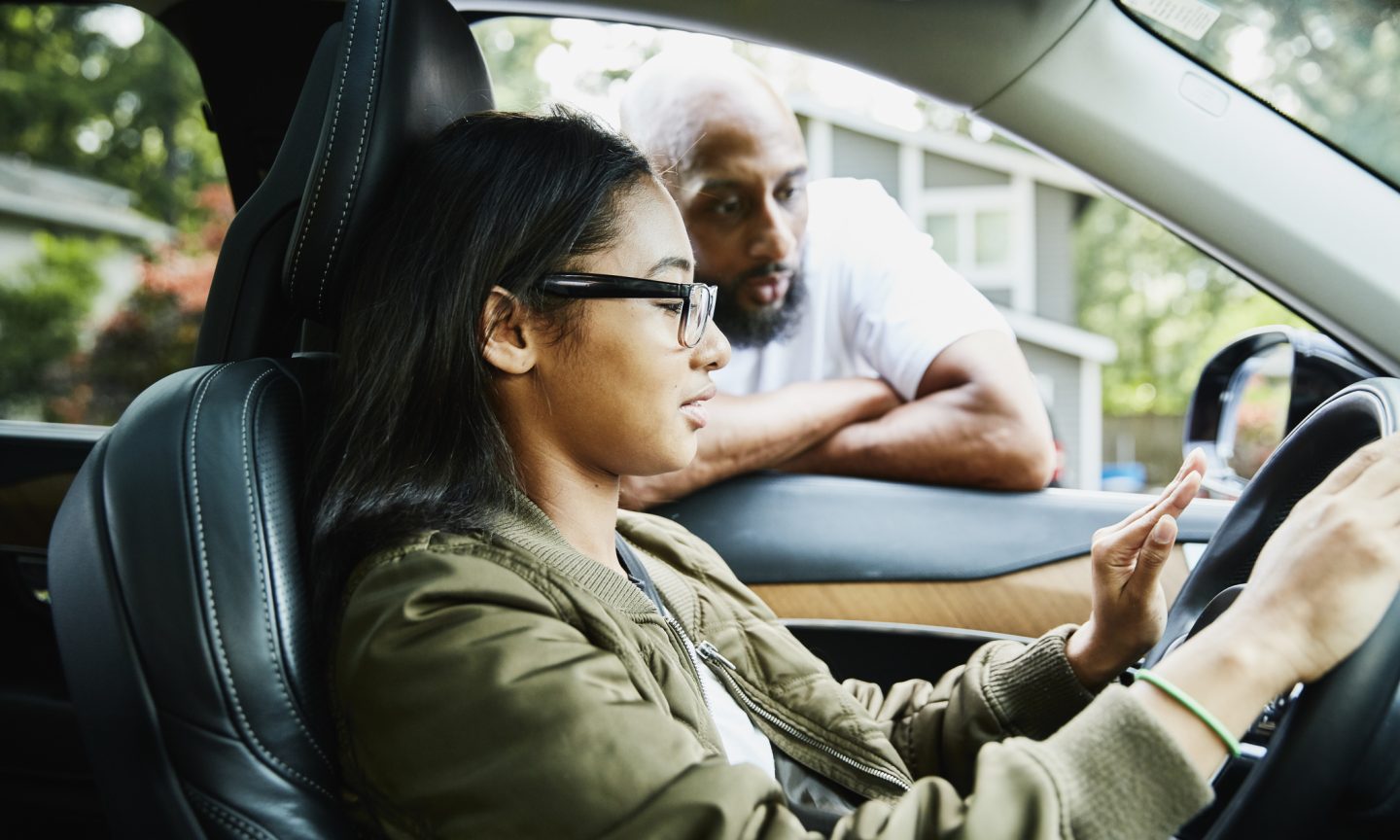A recent New York Times investigation revealed some automakers sell data on driving behavior, like speeding, hard breaking and late night driving, which can then be purchased by car insurers. This data, known as “telematics” data, could be used to price already high auto insurance rates for the drivers of those vehicle models.
Car insurance companies already use telematics data in their pay-per-mile and telematics programs. Good driving behavior can result in discounts and perks, while bad driving behavior can mean increased rates or even dropped coverage. Customers sign up for these programs likely with the understanding that they are giving up their driving data, since they must either download an app or install a telematics device in their car in order to participate.
But the New York Times investigation found instances where drivers were unknowingly tracked by their car, and their driving behavior was sold and led to increases in their auto insurance premiums. Here’s what to know.

See what you could save on car insurance
Easily compare personalized rates to see how much switching car insurance could save you.
Tracked driving behavior could result in safer driving
Telematics programs often score drivers on their driving behavior and point to areas of improvement. Giving drivers feedback on their habits on the road can help them become safer drivers, especially when there is an incentive linking responsible driving habits to lower car insurance premiums.
“If you’re a safe driver or if you want to understand how your individual safety translates to what you pay for insurance, these programs are incredibly valuable,” says Ryan McMahon, senior vice president of strategy and corporate development at Cambridge Mobile Telematics, a telematics service provider working with auto insurers like Progressive, State Farm and Travelers.
But these programs only work if the driver is aware they are signing up for them. According to some automakers that track driving behavior, drivers must actively sign up for their telematics programs and consent for their data to be shared. But The New York Times investigation found several drivers who were unaware they were being tracked. According to McMahon, without active engagement, it can be hard for these programs to incentivize better driving or reduce auto insurance premiums.
Telematics programs come with privacy concerns
Some think the effects that data collection and sharing can have on drivers outweigh the potential benefits of telematics programs.
“A lot of people are put off by the idea of big brother basically riding shotgun and being your insurance company, and they should rightly be concerned,” says Michael DeLong, research and advocacy associate at the Consumer Federation of America, a nonprofit consumer advocacy group. “In our opinion, you shouldn’t participate in telematics unless there are strong consumer protections regarding your data and your privacy.” Most states don’t have specific laws regulating telematics.
DeLong says that some of the tracked driving behaviors in telematics programs can lead to bias. For example, low-income workers are more likely to work irregular hours, which can lead to frequent late-night drives, a behavior that is typically monitored by telematics programs. If the driver agrees to let their driving behavior be monitored, this could lead to higher auto insurance premiums.
How to know if your driving is being tracked
There are steps you can take to know if your driving is being tracked, whether you decide to participate in a telematics program or not. Here’s how to know your driving behavior is being recorded and how it’s being used:
-
If you’re driving a newer car model, look into its automaker’s app, telematics program and data sharing policies. If you sign up for any program that tracks or gamifies driving, read its terms and conditions, and only sign up if you feel comfortable sharing your data.
-
Request a free consumer disclosure report from data brokers LexisNexis and Verisk to see what information is already being tracked.
-
Check whether your car has GPS or Wi-Fi capabilities by looking up your car model online. If it does, chances are it can also track your driving.
If you’re uncomfortable with telematics programs, you can opt out of them altogether. But if you do want to enroll, use your auto insurer’s program so you can directly benefit from the discounts and perks they offer.









